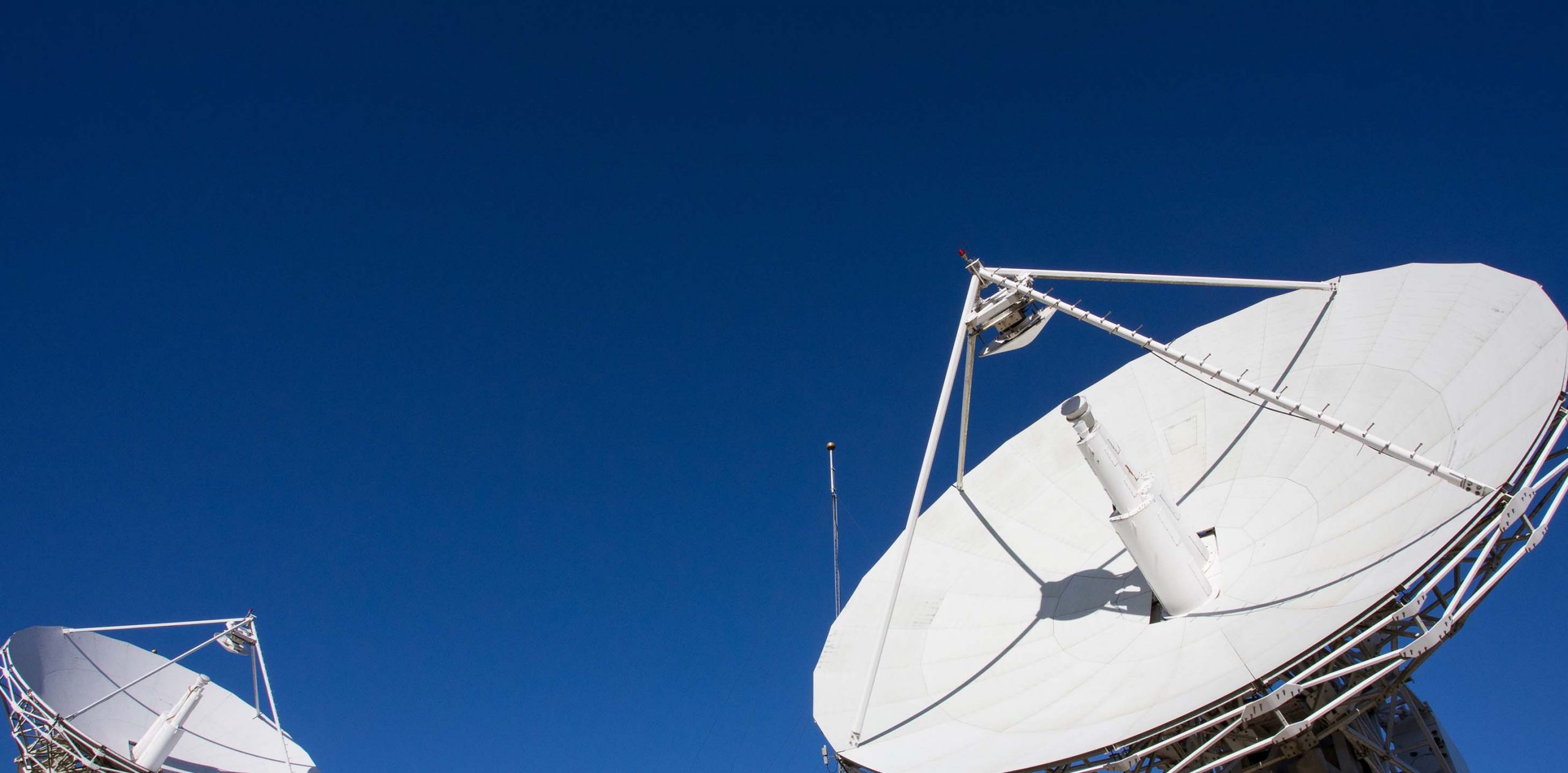Amira Global is hosting a three-part webinar series, Power of Positioning in Resources. The final webinar, Datums & Reference Frames, is on Thursday, 26 November. This Geoscience Australia-led webinar will provide a primer on the Datums and Reference frames that are used for delivering modern positioning services under the Positioning Australia Program.
With SBAS coming online in Australia within the next 12 months, we spoke to FrontierSI CEO Dr Graeme Kernich about SBAS and the impact for the resources sector.

Q1. Who are FrontierSI and what role do they play industry?
We are a research and innovation organisation that works with government, universities, and industry to apply spatial technologies and capabilities to broader challenges. Our expertise lies in facilitating multi-party, multi-disciplinary collaborations; we act as a trusted advisor, helping to lead the development of solutions and bring together the depth of the expertise required to solve complex research and innovation problems.
Q2. How did Australia and New Zealand get our SBAS
There were numerous factors, including strong support and leadership from the Australian and New Zealand governments at all levels, and in particular Geoscience Australia and Land Information New Zealand. An initial investment in an SBAS testbed by Australia and New Zealand governments in 2016-17 led to a significant number of successful demonstration projects across key industry sectors. FrontierSI managed the testbed projects and coordinated the development of the economic case. The value in building the SBAS infrastructure and consequent positive effects on industry and society were well documented through these case studies. There was a strong argument in favour of the technology from numerous sectors such as aviation, agriculture, maritime and transport. It was ultimately seen to be of benefit and proposal for an operational system was accepted.
Q3. How has positioning technology in Australia progressed in the last 5-10 years.
I think its progressed enormously. We are seeing greater accuracy from the launch of new satellites and improvements in the integration of satellite system infrastructure. At a consumer level, there are a lot more applications opening to the market; it is part of everyone’s smartphone. Australia has rapidly adopted precise and mobile positioning in many industries thanks in part to a strong growth of the use of spatial technologies. With new precise positioning services such as SBAS continuing to be implemented, the cost of accessing these services is reducing, and through new services, sub-metre positioning will have fewer barriers to entry for many use cases; as well as coverage anywhere within Australia, New Zealand, and our maritime zones. In conjunction we will see free access to precise positioning in the range of a 3-10cm level service to users anywhere within mobile internet coverage.
Q4. What are the economic benefits of SBAS to the resources sector?
Aside from the financial benefits, SBAS will enable more precise positioning in open-pit mines. Industry will see improvements in the way autonomous vehicles work on mine sites; improved routing, navigating and collision avoidance. There will be greater safety at the workforce level as tracking remote workers becomes more efficient. The mining sector use cases also identified benefits such as improved equipment availability and associated operating efficiencies. In terms of economic benefits the SBAS testbed economics report quantified $1.58 billion of anticipated benefit from SBAS over a 30-year period, mainly through operating expenditure savings such as better material management, fuel and labour savings, and reduced haul truck vehicle downtime.
Q5. What can organisations or individuals do now to prepare for operational use of SBAS?
Firstly, get involved with Geoscience Australia and FrontierSI’s outreach campaign on the delivery of positioning services. We will be engaging over the next month or so, through a confidential process, seeking to capture use cases and requirements from across the resources sector, to ensure that needs are catered by future positioning services. Positioning data streams are currently available from Geoscience Australia, and FrontierSI can also assist on SBAS readiness, software and hardware integration, and signal performance baselines, based on our experiences during the SBAS test-bed and other demonstrators. There has been no recent announcement regarding when to expect the SBAS signals to come online, but the public tender documents indicate a potential 2021 return, at the earliest. Given these timeframes, business should be considering how to build positioning into their strategies. We recommend getting advice to understand how the SBAS signals will provide advantages in terms of building new applications, or how to integrate existing signals and the new receivers that are accompanying them into the business.
Q6. What work needs to be done to make industry to make the most of precise positioning in the future?
As the precision of the data collection methods increases, it is vitally important to use the correct coordinate systems which underpin every map and data layer, keeping everything aligned as expected, and allowing for the best decision making. I think its fundamentally an education and awareness process right now. Industry – and individuals – need to understand how precise positioning systems and the modern coordinate system can be best used to improve their businesses. Keeping up with the planned technology changes and mapping these into organisational strategies for improved decision making, operational efficiencies and safety is key.
Q7. What excites you about SBAS?
It will transform industries, including the resources sector. I expect changes in transport logistics and aviation and the way positioning is used. It will be exciting to see how it’s going to support the autonomous vehicle market as positioning is one of the critical inputs in safety. There will also be new applications for the mobile phone-user. The availability and accessibility of more accurate positioning signals really means it is going to have a strong impact on the consumer and society. We are looking forward to seeing how more accurate positioning plays out in personal mobile phone applications.

